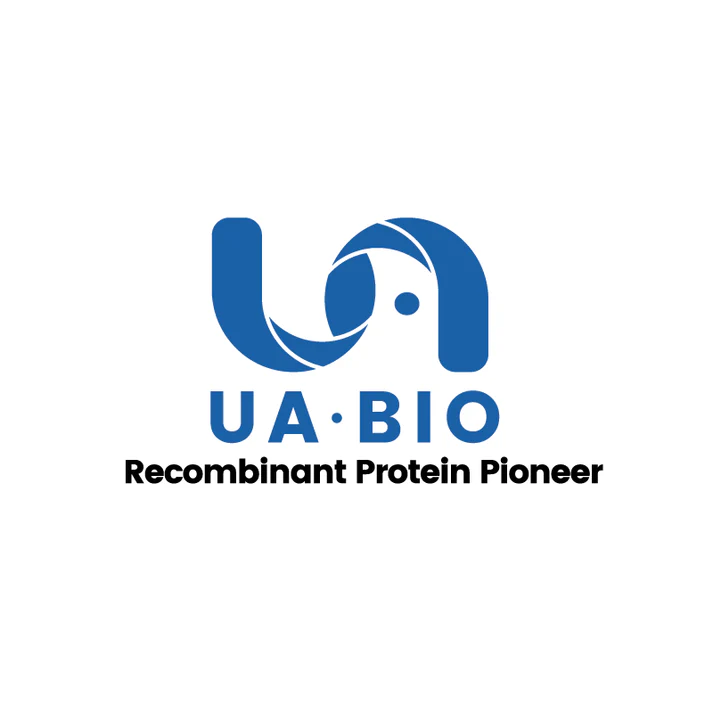1μg (R: reducing condition, N: non-reducing condition).
Product Details
Product Details
Product Specification
| Species | Human |
| Synonyms | rHuGRO-β/CXCL2; C-X-C motif chemokine 2; MIP2-alpha; HSF |
| Accession | P19875 |
| Amino Acid Sequence | Ala35-Asn107 |
| Expression System | E.coli |
| Molecular Weight | 9kDa (Reducing) |
| Purity | >95% by SDS-PAGE |
| Endotoxin | <0.1EU/μg |
| Conjugation | Unconjugated |
| Tag | No Tag |
| Physical Appearance | Lyophilized Powder |
| Storage Buffer | 20mM Tris, 300mM NaCl, pH8.0 |
| Reconstitution | Reconstitute at 0.1-1 mg/ml according to the size in ultrapure water after rapid centrifugation. |
| Stability & Storage | · 12 months from date of receipt, lyophilized powder stored at -20 to -80℃. · 3 months, -20 to -80℃ under sterile conditions after reconstitution. · 1 week, 2 to 8℃ under sterile conditions after reconstitution. · Please avoid repeated freeze-thaw cycles. |
| Reference | 1. Laila A Al-Alwan, Ying Chang (2013) J Immunol. 191(5):2731-41. 2. Louis M Pelus 1, Seiji Fukuda (2006) Exp Hemato. 34(8):1010-20. |
Background
Chemokines are small proteins (8–10 kDa) which direct the movement of leukocytes, including hematopoietic stem and progenitor cells, and can mobilize hematopoietic cells from marrow to peripheral blood where they can be used for transplantation,specialized in attracting inflammatory and structural cells to the sites of injury. GROs belong to the CXC family of chemokines bearing motif, glutamic acid, leucine, and arginine (R). In addition to GROs, this family also comprises epithelium-derived neutrophil activating peptide 78 (CXCL5), granulocyte chemotactic protein 2 (CXCL6), neutrophil-activating peptide 2 (CXCL7), and IL-8 (CXCL8). CXCL1, CXCL2, and CXCL3 are well known as powerful neutrophil chemoattractants and are involved in cancer metastasis, angiogenesis, and wound healing. Recently, GROs have been postulated to play a role in asthma severity and asthmatic airway remodeling.
Picture
Picture
SDS-PAGE


